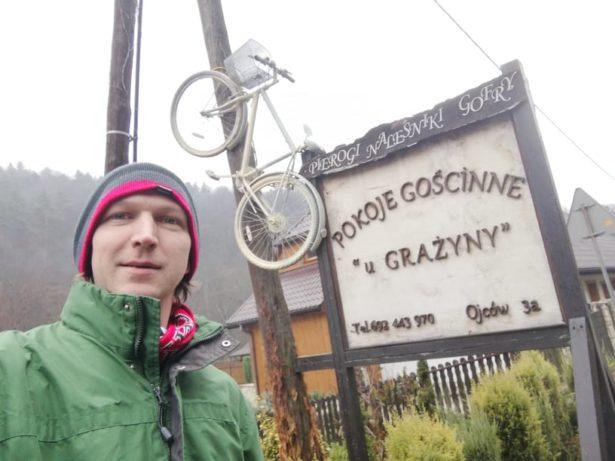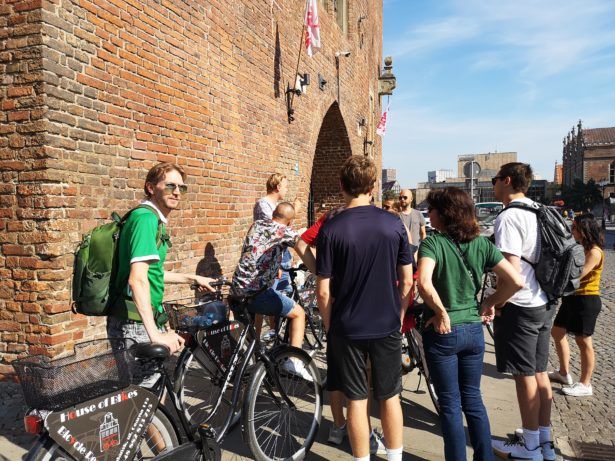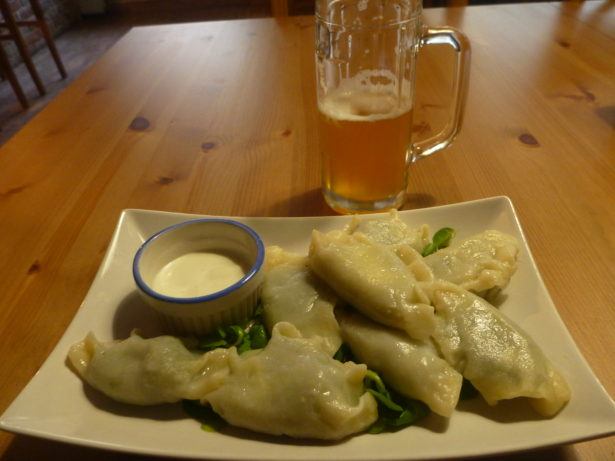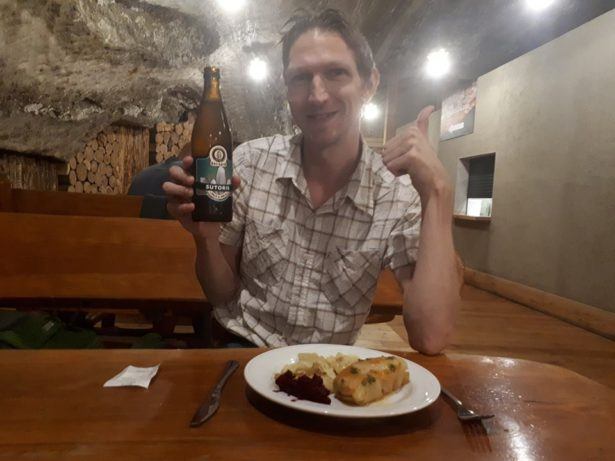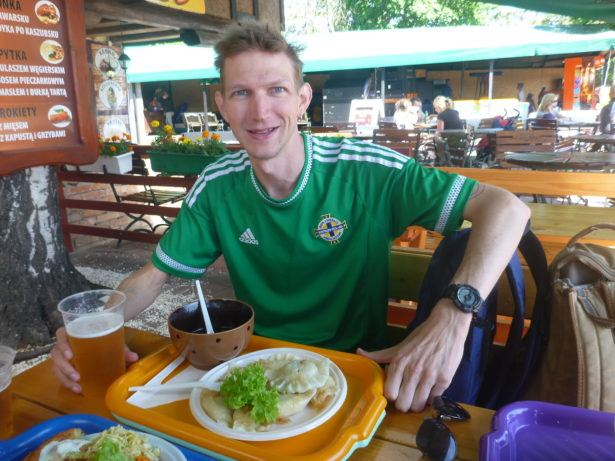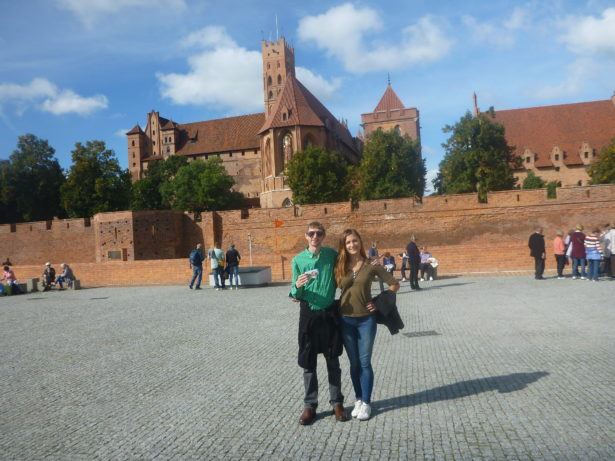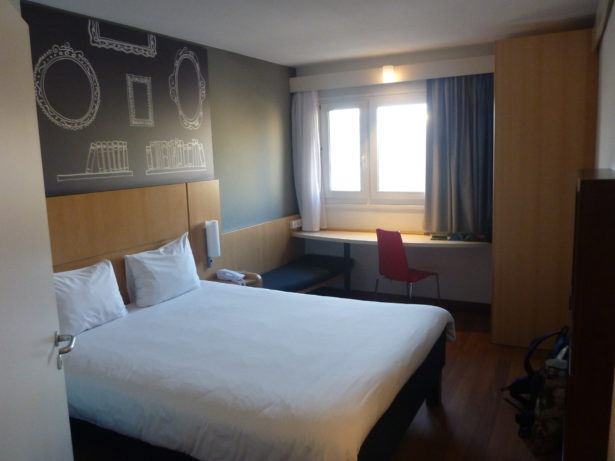So you’ve decided to visit Poland and have probably done a bit of research about this beautiful country by now. There are a few things that you need to know about Poland that may not be mentioned on most other sites though. If you’d like to delve into how to save a bit of money, how not to annoy the locals, how to stay safe and which places you just have to see or stay at, then keep reading! These essential tips on visiting Poland will make your trip much more comfortable.
When to visit Poland
Everybody wants to visit Poland during the warmer Summer months or during the Christmas season, when the country becomes a Winter Wonderland, so it’s much more crowded during these times. Unfortunately, airfares, accommodation and other tourism costs are generally raised during these times too.
The least crowded and more affordable times to visit are during the Springtime or Autumn/Fall seasons. The weather is nicer during these seasons too, not to mention the benefit of the Spring blooms or Autumn leaves that bring colour to every garden, which makes it ideal for photographers.
What to pack
Poland’s four seasons are very distinct with hot Summers, cold Winters and moderate seasons in between. The weather can change rapidly though, so it’s always a good idea to pack for the season, but dress in layers so you can remove or add layers if the weather is different from what’s expected. Seeing as though many of Poland’s attractions are spaced far apart, it’s important to pack some hardy, comfortable and worn-in shoes too.
Food choices in Poland?
Polish cuisine consists largely of meat (particularly pork) and vegetable-based dishes that are generally heavy and hearty. Most traditional dishes are labour-intensive and generously seasoned with herbs and buttery or creamy sauces. They are usually served as three dishes, consisting of soup followed by an appetiser, then the main. Desserts of dumplings, pancakes, cheesecakes and other delicious treats are usually also included.
Many locals recommend trying Pierogi (Polish dumplings), Rosół (broth/ chicken soup), Gołąbki (cabbage roll) and Polskie naleśniki (Polish pancakes) to name a few. If you’re worried about the potential expense of the large, multi-course meals served in traditional Polish restaurants, don’t be. Just ask a friendly local and they will point you towards one of the affordable casual Polish restaurants that serve traditional, hearty fare for very little expense. You can also try some Polish cuisine in the many sandwich shops you’ll see around the cities.
Polish Customs
There are a number of customs that you should adhere to if you don’t want to come across as rude in Poland.
- Many Polish people speak English, but they definitely appreciate the effort visitors go to to learn some Polish phrases. Even if you only know ‘please’ and ‘thank you’, it is considered a sign of respect that you’ve made an effort.
- To address people you don’t know well, you should use ‘Pan’ (Mr) or ‘Pani’ (Ms, Miss).
- It’s customary to greet people you are introduced to or meet with two or three ‘air kisses’, alternating cheeks as you do. Follow the lead of others and you’ll get the hang of it quickly.
- It’s often customary to remove your shoes upon entering people’s homes, but ask first, as this isn’t always the case.
- Prepare to be served a lot of food if you’re invited to dine at somebody’s home. It is considered good manners to ensure guests are very well-fed, so expect to be asked if you’re still hungry multiple times.
- Stay away from conversation topics related to politics or political relationships, religion, past wars or similar.
Must-see locations in Poland
Warsaw was once voted as the ugliest city in Europe, but we’re pretty sure the people who voted had either never been there or are blind, because Warsaw is not only stunning, but getting better every year and its medieval Old Town is now a UNESCO World Heritage site. In fact, the country has improved itself so much over the last few decades, it would probably be quicker and easier to list the places in Poland that are not worth visiting, because the entire country has a wondrous beauty to it.
Some of the must-see cities include Kraków, Wrocław, Poznań and Gdańsk. These cities are perfect for those with an interest in the past, as they all have charming historic centres. Some other must-visit tourist destinations include the 13th century Wieliczka Salt Mine near Kraków, Łazienki Park and The Royal Castle in Warsaw and the 13th century Castle of the Teutonic Order in Malbork.
For nature-lovers, there are stunning mountain hiking opportunities in Bieszczady (south-east Poland), the Sudetes (south-west Poland), and the Tatra Mountains bordering Slovakia.
Best place to stay in Poland?
You’ll have no trouble at all finding accommodation in Poland using a site like Hotels dot com or similar to sort through the thousands of accommodation options available. Sites like this allow you to really narrow down your search results, making accommodation searching and booking so much easier.
If you’re a city slicker for example, you’ll be able to sort your search results using the ‘Landmarks’ list on the left-hand side of the Hotels.com website to choose to be right in the heart of the city (Centrum), or close to some other landmark. If you love history, you can choose the ‘Historic’ option under the ‘Themes/type’ menu, which will bring up all the historic accommodation and sites. For example, you could choose to stay at one of the top 10 hotels in Old Town. Amongst the many filtering options available, you can also choose the type of accommodation and if you really want to experience Polish culture, staying in a family-owned pensjonaty (bed & breakfasts) is a great idea.
Staying Safe in Poland
As with every country, Poland has its share of dangers, but if you use common sense, you’ll be fine. It’s best to book as much as you can online before travelling. Don’t assume you’ll be able to find accommodation when you get there, because it’s often booked out. Instead, book it in advance using a safe site like the aforementioned Hotels.com.
For public transport, it’s a good idea to ask your hotel concierge to book transport for you. Otherwise, be sure to familiarise yourself with the public transport options before you leave using Poland’s transit websites. The locals are also usually happy to help if you need help. A common concern for tourists is pickpockets, who often target tourists on public transport. Also, avoid large crowds during major soccer matches and other events.
Poland has so much to offer, so the most important tip is to relax, have fun and enjoy the amazing Polish hospitality!
This article was written in collaboration with Hotels dot com


